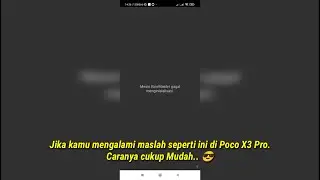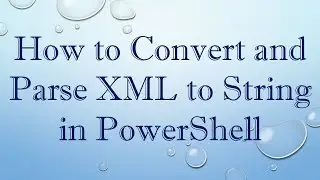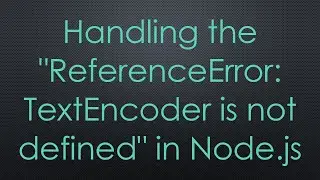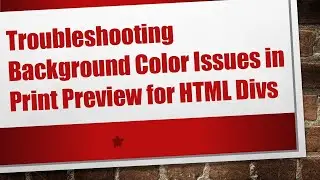How to Dynamically Filter a ListView in Django with jQuery
Learn how to effortlessly `dynamically filter` your ListView results in Django using jQuery. This guide will walk you through the process step by step.
---
This video is based on the question https://stackoverflow.com/q/69086614/ asked by the user 'Swauters' ( https://stackoverflow.com/u/16813580/ ) and on the answer https://stackoverflow.com/a/69088880/ provided by the user 'Bernhard Beatus' ( https://stackoverflow.com/u/12094283/ ) at 'Stack Overflow' website. Thanks to these great users and Stackexchange community for their contributions.
Visit these links for original content and any more details, such as alternate solutions, latest updates/developments on topic, comments, revision history etc. For example, the original title of the Question was: How to dynamically filter using a ListView
Also, Content (except music) licensed under CC BY-SA https://meta.stackexchange.com/help/l...
The original Question post is licensed under the 'CC BY-SA 4.0' ( https://creativecommons.org/licenses/... ) license, and the original Answer post is licensed under the 'CC BY-SA 4.0' ( https://creativecommons.org/licenses/... ) license.
If anything seems off to you, please feel free to write me at vlogize [AT] gmail [DOT] com.
---
Filtering Results Dynamically with a ListView in Django
Are you looking to make your Django application more user-friendly by allowing users to filter results dynamically? If you're using Django's ListView, this is entirely possible—and it's easier than you might think! In this post, we’re going to break down how you can achieve dynamic filtering using a combination of Django's class-based views and jQuery. Let’s dive in!
The Challenge: Dynamic Filtering with ListView
You might have encountered a common requirement in web applications: displaying a list of items and allowing users to filter those results in real-time based on a search input. In our case, we want to display all users and filter them by their contact names as the user types into a search box. But how do we do this efficiently, while keeping our code clean and maintainable?
The Solution: Step-by-Step
1. Setting Up Your Template
First, let's start with the HTML structure for our ListView. Below is the template we’ll use to create the search input and render the user list:
[[See Video to Reveal this Text or Code Snippet]]
2. Define Your View
Now, we need to set up the Django view that will handle our filtering logic. Here’s the ManageUserView class:
[[See Video to Reveal this Text or Code Snippet]]
In this view, we override the get_queryset method to include filtering logic. We get the search query from the request and filter object_list based on it.
3. Adding jQuery for Real-time Filtering
To ensure our page filters dynamically as the user types, we will utilize jQuery. Here’s how we can implement this:
[[See Video to Reveal this Text or Code Snippet]]
Explanation of the jQuery Code:
$(document).ready(function() {...});: Ensures the code runs once the DOM is fully loaded.
$("# searchInput").keyup(function() {...});: Sets up an event listener that triggers every time the user types a key.
rows.hide();: Hides all rows initially.
if (this.value.length): Checks if there's a query in the input.
$.each: Loops through each word in the input and filters accordingly by checking if it exists in the contactNaam column.
4. Integrating All Components
Make sure you include jQuery and Bootstrap in your template for full functionality:
[[See Video to Reveal this Text or Code Snippet]]
Conclusion
By following these steps, you can easily create a dynamic filter for your Django ListView using jQuery. This enhancement not only makes searching convenient for users but also improves the overall user experience on your web application. Now, you can adapt this method to suit various functionalities across your Django projects.
Feel free to use this approach in your application and let us know how it works for you! Happy coding!































